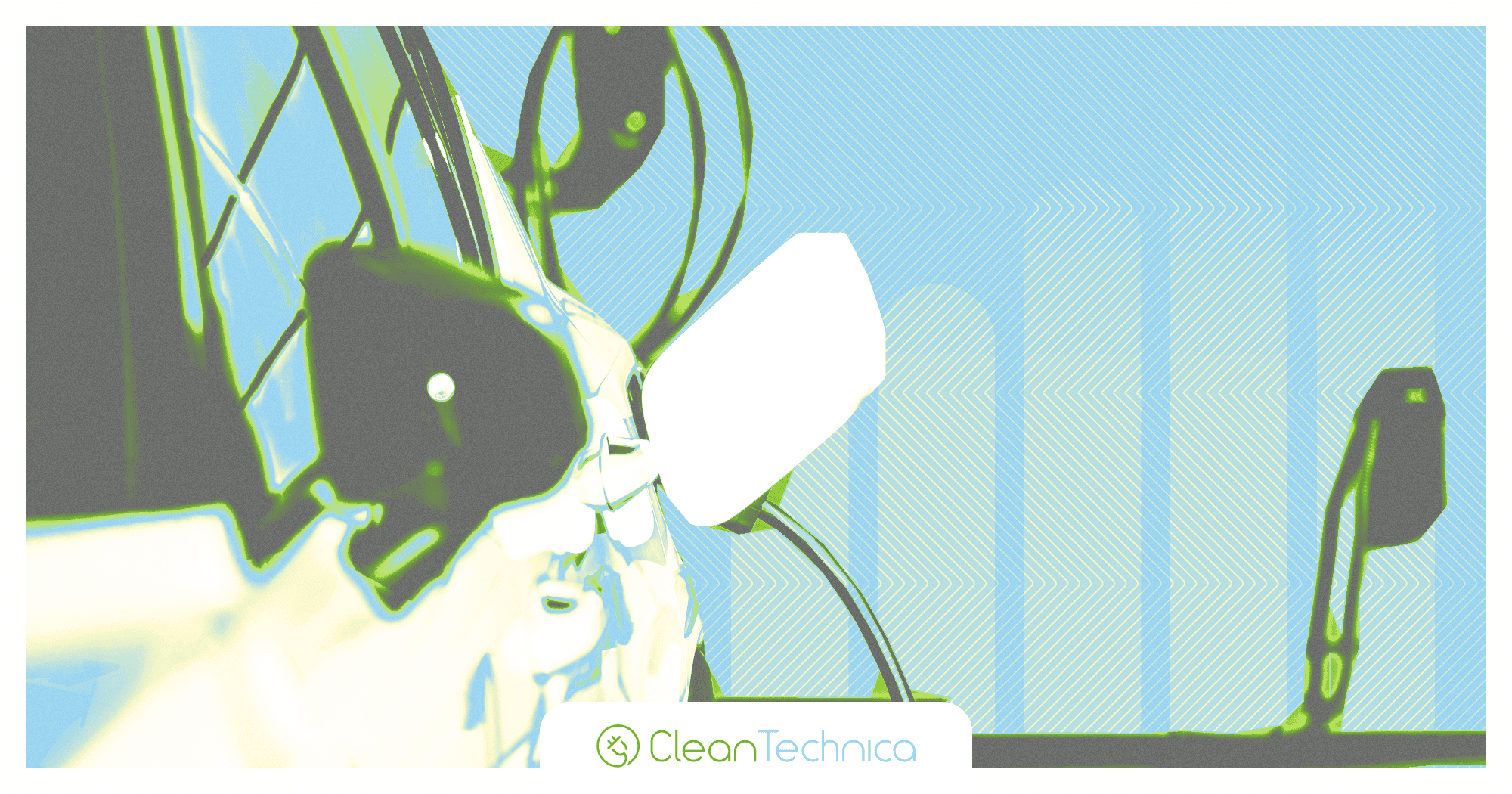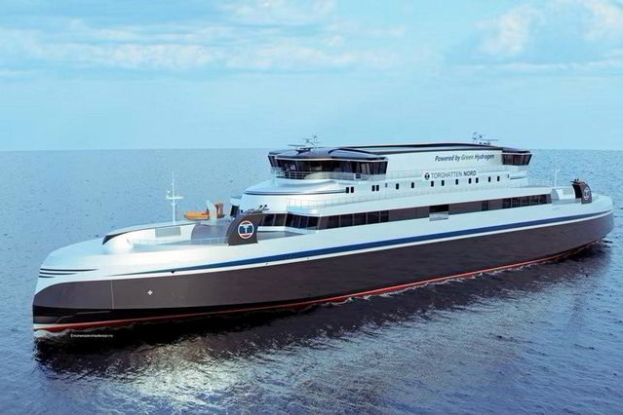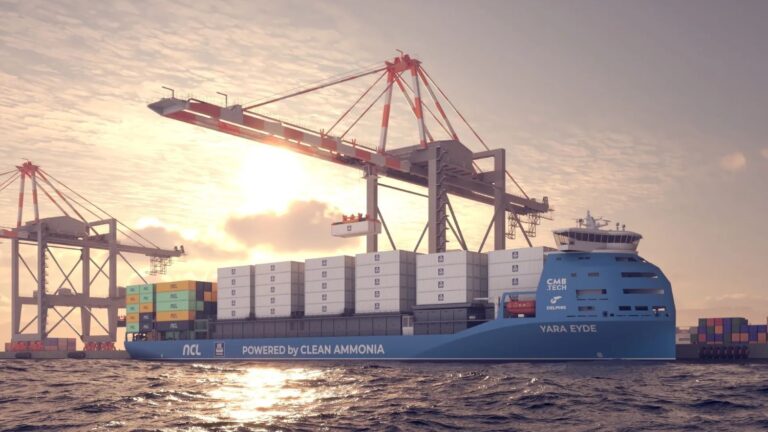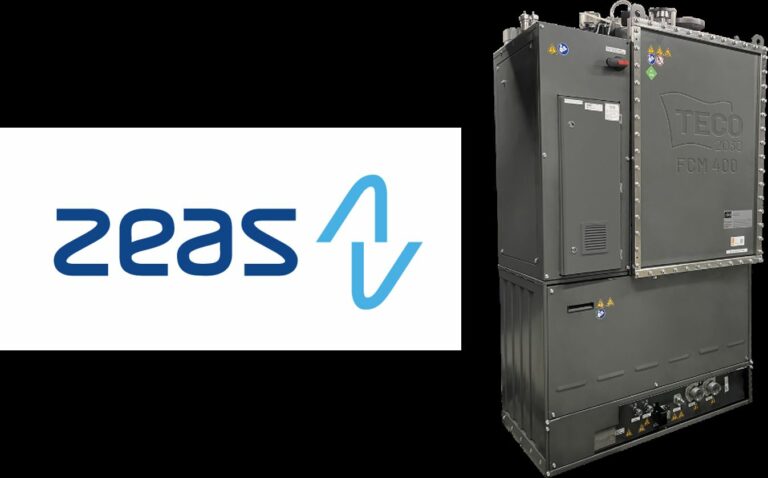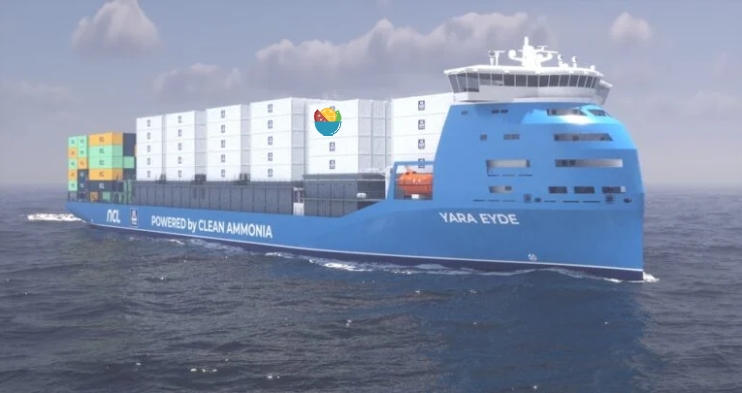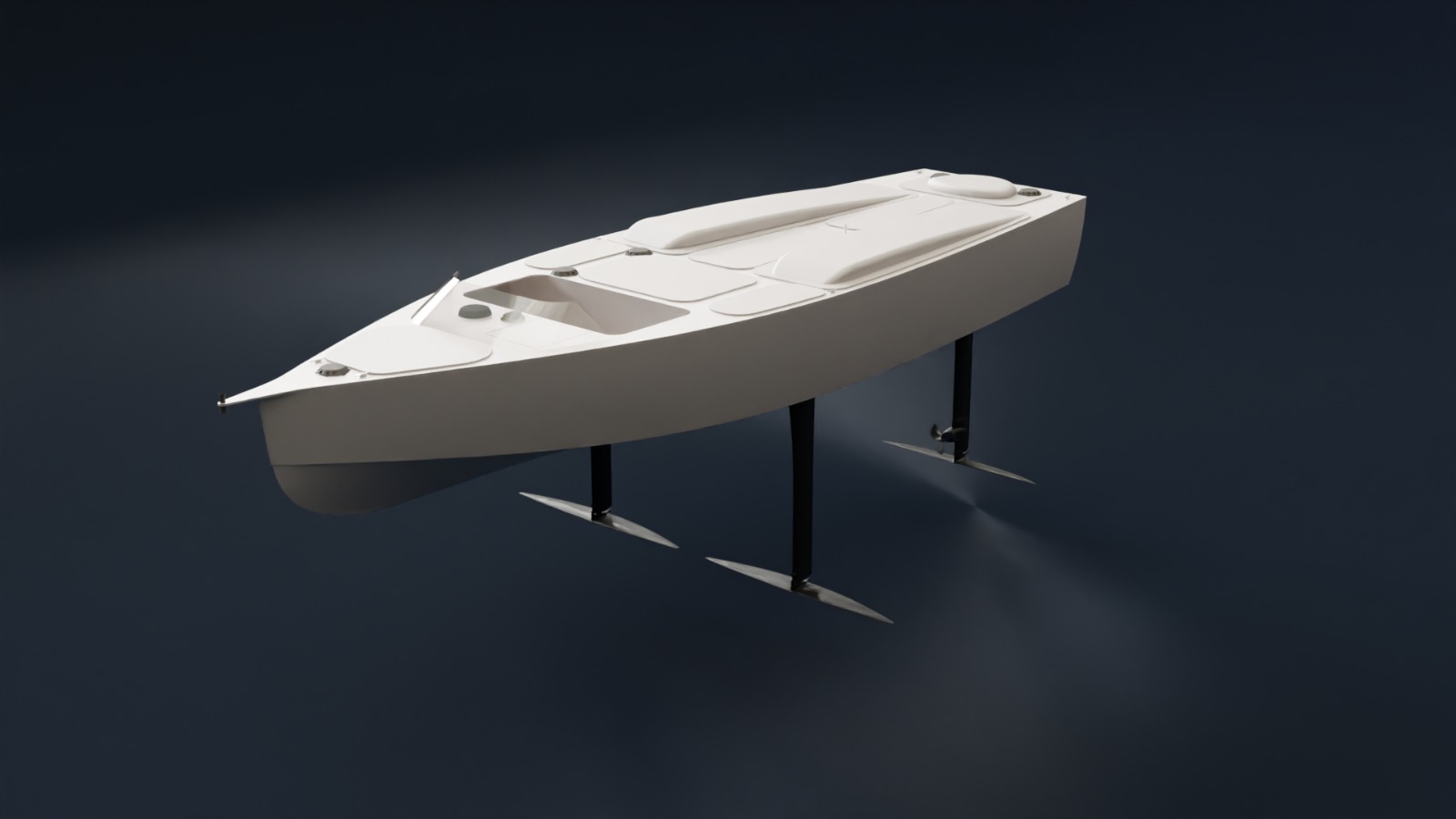We know we can do this because we’ve done it before. In 1879, the nation’s first central power plant began serving a handful of customers in San Franciso, a tiny fraction of the state’s 860,000 residents. California’s electrical grid grew rapidly thereafter, extending universal electricity service to 39 million people. And today, about 60 percent of the state’s electricity comes from carbon-free sources, meaning we’re on track to meet the state’s requirements that 100 percent of electricity be made with renewable and zero-carbon energy by 2045.
But we’re not keeping up with the demand for new service. Delays in electrifying buildings and creating charging stations for electric vehicles (EVs) are undermining our efforts to clean the air. Affordable housing units in San Francisco are sitting unoccupied, and electric big rigs that could be displacing dangerous diesel pollution, like those pictured below, are sitting idle because of energization delays.
What’s Holding Things Up?The delays in energizing new projects stem from a variety of causes, including a nationwide shortage of transformers, workforce issues, inadequate customer-utility communication, and inefficient processes. Those short-term delays represent an immediate problem that needs to be addressed in order to meet the fast-approaching regulatory deadlines that require increasing the sales of zero-emission cars, trucks, and buses.
The longer-term problem is that, under the current rules, utilities cannot invest in a timely manner in the new substations and other pieces of equipment necessary to increase the capacity of the grid to meet our climate, air quality, and equity goals and requirements. It takes years to site, permit, and construct substations. And that challenge is exacerbated by the transitory nature of vehicles, the high-power requirements of fast-charging EV stations, and the disconnect between the months required to install charging stations and the years required to build substations and other needed grid infrastructure.
What Does The Powering Up Californians Act Do?Senate Bill 410 (SB-410):
Makes it state policy that utilities should upgrade the grid “in time to achieve the state’s decarbonization goals and implement federal, state, regional, and local air quality and decarbonization standards, plans, and regulations”;
Sets a deadline for the California Public Utilities Commission (CPUC) to establish average and maximum target energization timelines, requires the utilities to report on their compliance with those timelines, explain any noncompliances and how those will be resolved, and directs the CPUC to take any remedial actions needed to ensure compliance with those deadlines;
Requires the utilities to train and hire the workforce necessary to electrify the transportation and building sectors;
Requires utilities’ annual grid planning and investment to align with federal, state, regional, and local decarbonization and air quality goals, standards, and regulations; and
Allows the utilities to make necessary investments in a time frame that is consistent with state laws and regulations by providing for cost recovery between general rate cases, which are still subject to prudence review by the CPUC.
Who Supported SB-410?The Powering Up Californians Act was supported by nearly 90 environmental, public health, equity, environmental justice, local government, industry, and labor organizations, including: Alliance for Automotive Innovation, American Lung Association-California, American Nurses Association\California, Bay Area Air Quality Management District, Breathe Southern California, California Building Industry Association, California Chamber of Commerce, California & Nevada State Association of Electrical Workers, California New Car Dealers Association, Coalition for Clean Air, Communities for a Better Environment, Daimler Truck North America, Electric Vehicle Charging Association, Environmental Defense Fund, Environment California, EVNoire, GreenLatinos, IBEW, NRDC, SEIU California, Sierra Club, South Coast Air Quality Management District, SPUR, Union of Concerned Scientists, and Volvo Group North America. It passed the California State Assembly with a bipartisan 70-to-1 vote.
Will SB-410 Raise Electric Rates?SB-410 does not add costs because it won’t result in grid investments that wouldn’t otherwise be made. In fact, electrifying vehicles and buildings can lower rates.
Utilities are already required by state law to serve the needs of their customers. SB-410 merely ensures the investments that utilities must make to fulfill their obligation to provide service will be made in a time frame that is consistent and complies with state and federal laws.
And it could save all customers money by requiring utilities to right-size grid upgrades. Building upgrades once — and building them right — is significantly less expensive than making multiple, incremental upgrades. It’s a lot cheaper to install one 10,000 kilovolt transformer than it is to sequentially install seven 1,500 kilovolt transformers.
And electrifying transportation and buildings puts downward pressure on rates because it can improve the utilization of the electrical grid and divert billions of dollars that would otherwise go to multinational oil companies. While some EV charging stations will require grid upgrades, the vast majority of EV charging needs can be met by simply taking advantage of existing spare capacity. When you do that, you bring in more new revenue than associated costs and reduce the price per kilowatt-hour, to the benefit of all customers.
The California Public Advocates Office, the official consumer advocate/utility watchdog for the state, recently published a comprehensive analysis estimating that it will cost $26 billion to upgrade the grid to electrify buildings and light-, medium-, and heavy-duty vehicles, but the associated new revenue would far exceed associated costs, putting downward pressure on rates in all three of the major investor-owned service territories in the state. The report concluded: “All ratepayers, even those who cannot (or choose not to) electrify, could financially benefit from electrification.”
Such forward-looking analysis should be given credence because that phenomenon has already been observed in the real world. Between 2012 and 2021, EV customers in investor-owned utility service territory in California contributed $1.7 billion in excess of the cost of serving the EV load and the utilities’ EV programs. That money has already been returned to all utility customers in the form of rates that are lower than they otherwise would have been.
The Bigger PictureNo such comparable analysis was produced to demonstrate how historic drivers of grid upgrades (such as air conditioners and hot tubs) would put downward pressure on rates before the utilities fulfilled their obligation to serve their customers’ needs. This means the rationale for utilities to move quickly to electrify cars, trucks, buses, and buildings is even greater. Now is the time to put steel into the ground, create good jobs, clean the air, and free consumers from the volatility of the global oil market.
